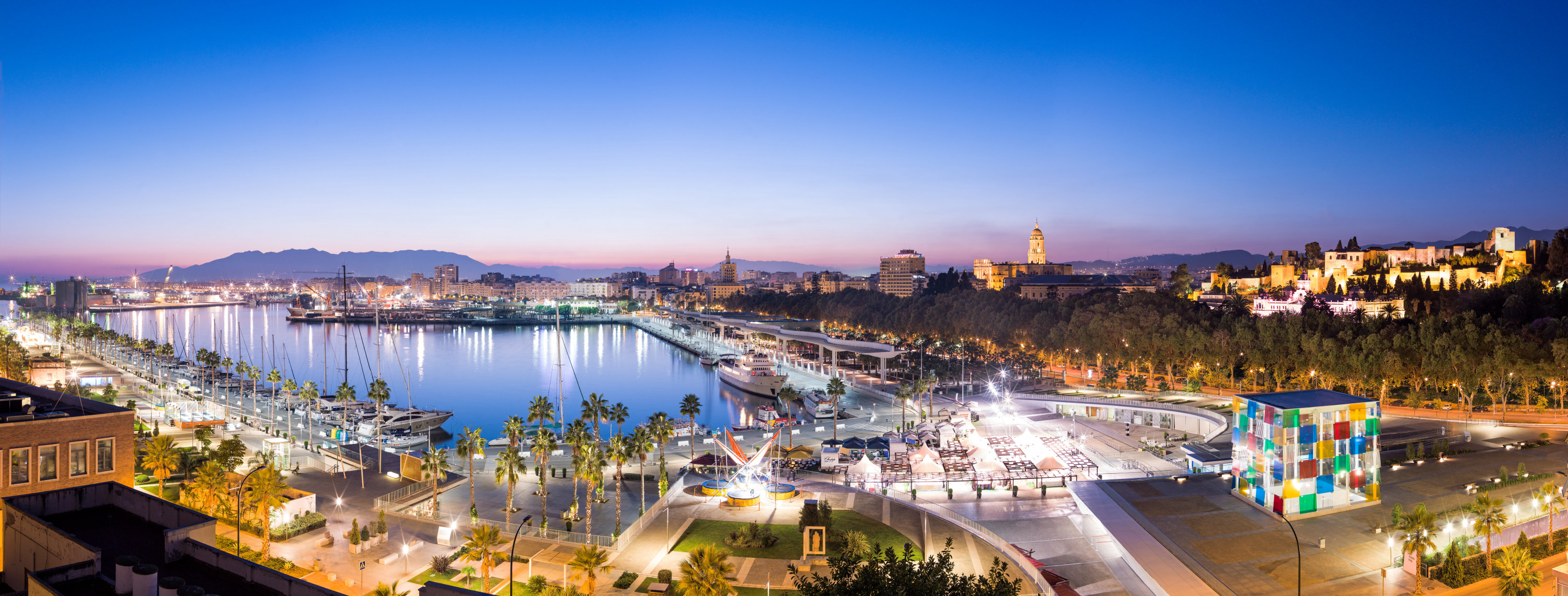INFORMATION ABOUT THE CITY AND ACCESS
Malaga was founded by the Phoenicians, who built a settlement near the hill where the Alcazaba stands today. After the Roman conquest, wine, oil and the famous garum, a sauce made from salted and fermented fish, were exported through its port. During the century it was granted the status of municipality, as evidenced by the Lex Flavia Malacitana.
The city experienced one of its greatest periods of progress at the end of the Middle Ages under Muslim rule with the construction of numerous mosques, the Atarazanas and the Alcazaba, noted for its production of sultanas, dried fruits and gold-coloured earthenware.
In 1487, Malaga was conquered by the Catholic Monarchs and repopulated with Christians from the Guadalquivir valley. The main mosques were transformed into parishes, numerous convents were created and work began on the Cathedral.
Following the reformist initiatives of the 18th century, such as the creation of the Consulate, the College of San Telmo, the Economic Society and the present-day Alameda, Malaga experienced a period of economic boom in the mid-19th century with the creation of numerous industries, especially iron and steel and textiles (La Constancia, La Industria Malagueña, etc.), thanks to families such as Larios, Heredia and Loring.
At the end of the 19th century and the beginning of the 20th, Malaga experienced a profound social and economic crisis with the arrival of phylloxera and the collapse of its industry. After the bloody Civil War and the harsh post-war period, Malaga turned its attention to the promotion of tourism, first with the development of the Costa del Sol and, more recently, with its commitment to cultural tourism as a city of museums. Large and ambitious infrastructures of all kinds achieved in recent decades, such as the University, the Technology Park, the AVE, etc., have made it a world reference for dynamism and progress at the beginning of the 21st century.



